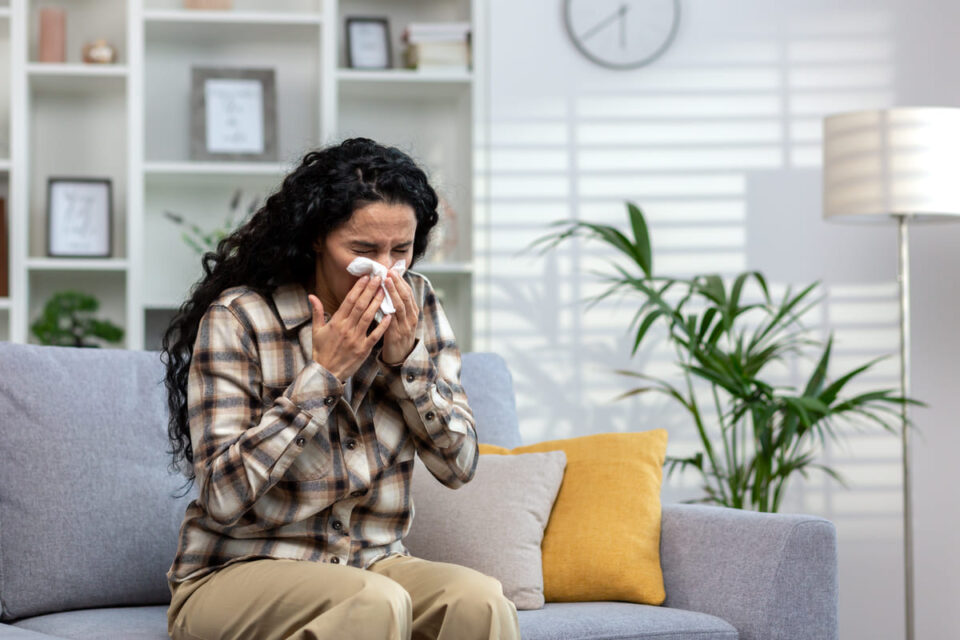Three hundred thousand noses in Bangalore, all running at once. That’s not a metaphor – it’s a statistical reality from last year’s respiratory health survey. One sneeze. Two sneezes. Three. Like the steady drip of our monsoon rain, allergic rhinitis has become Bangalore’s unofficial pandemic. Each morning, in apartments from Whitefield to Malleswaram, residents perform their ritual dance: sneeze, wipe, pop an antihistamine, repeat.
Ten years ago, it affected 15% of Bangalore’s population. Five years ago, it affected 22%. Today? 31% of our Garden City residents walk around with tissues stuffed in their pockets like they’re preparing for a crying marathon. Blame it on our construction dust, which hangs in the air like a vengeful ghost. Blame it on our beloved rain trees, whose pollen performs ballet in the breeze. Blame it on progress—our city grew so fast that it gave itself environmental whiplash.
Conventional treatments are failing faster than Bangalore’s traffic signals during peak hours. That’s why they come to my Ayurvedic clinic—techies with noses as red as Cubbon Park’s gulmohar blooms, homemakers who can’t smell their rasam anymore, and CEOs who sneeze their way through board meetings at those glass-walled towers in Whitefield. They come because their bodies are tired of being in chemical warehouses. They come because somewhere between their fifth ENT follow-up and their tenth box of tissues from the neighbourhood pharmacy, between trying every antihistamine brand and every “guaranteed cure” their WhatsApp family group recommended, they realized there has to be a better way.
And there is. Our Ayurveda understood that you can’t just plug a leaky nose—you need to know why it’s leaking in the first place. According to the International Journal of Ayurvedic Research, 76% of allergic rhinitis patients who switched to Ayurvedic treatment showed significant improvement within six months—not just symptom management—actual, honest-to-goodness improvement.
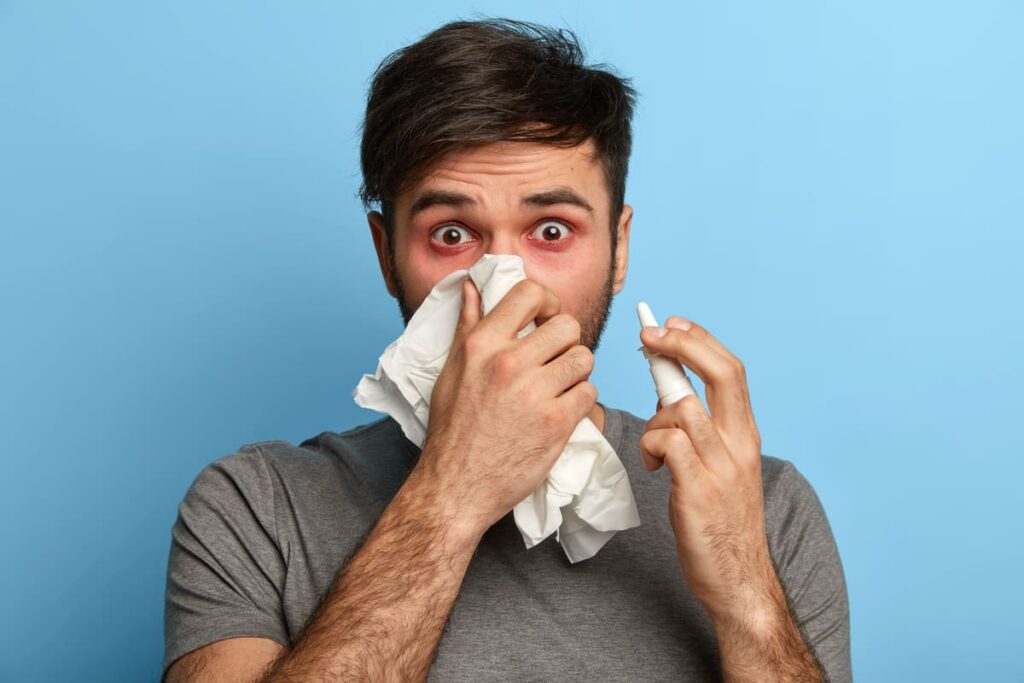
But before we dive into the how and why of Ayurvedic treatment for allergic rhinitis, let me ask you this: What if your nose isn’t your enemy? What if that constant sneezing isn’t an inconvenience to be suppressed, but your body is desperately trying to tell you something? Something important. Something that could change not just your symptoms but your entire approach to health.
That’s where our story begins. And trust me, after twenty-five years of treating allergic rhinitis in Bangalore, I’ve got some tales that will make you laugh, think, and maybe even look at your tissue box differently.
Just last week, a software engineer – call him a ‘code warrior’ – walked into my clinic, his nose as red as the brake lights on Outer Ring Road during peak hours. “Doctor,” he said, “I’ve tried everything from antihistamines to air purifiers. My nose runs faster than my computer’s processor!” His frustration echoed the sentiments of thousands who’ve grown weary of temporary solutions in our city.
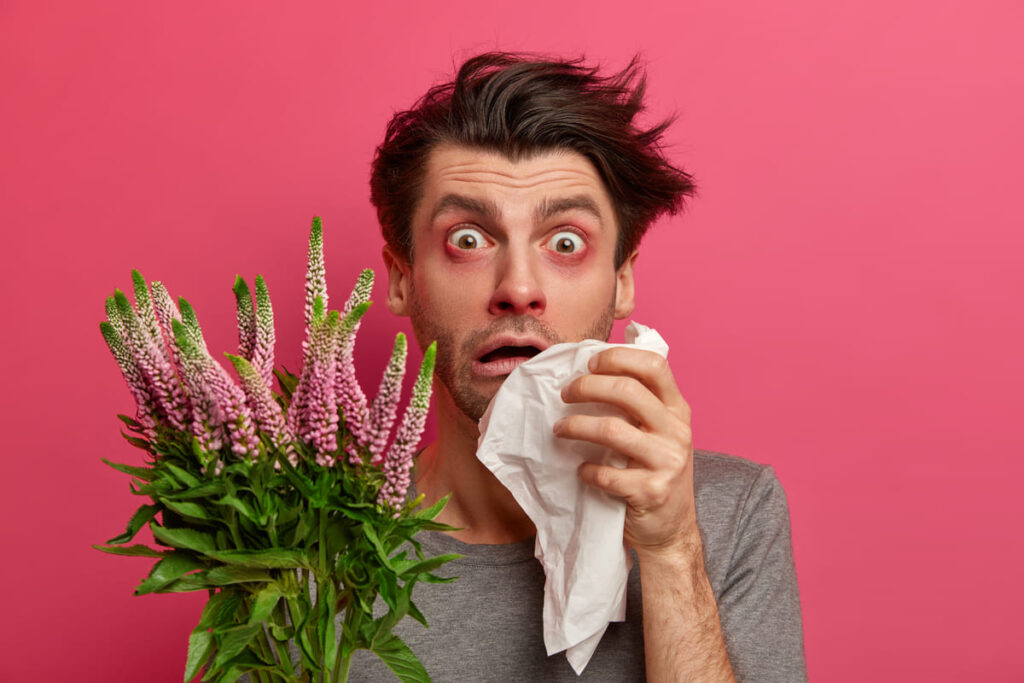
Many don’t realise that Ayurveda views allergic rhinitis not just as a respiratory issue but as an imbalance of doshas, particularly Kapha and Vata. Like a perfectly brewed cup of filter coffee needs the right balance of decoction and milk, our body needs a harmony of these vital energies. Symptoms manifest when this balance is disturbed – much like Bangalore’s weather.
Recent research from the Department of Ayurveda at the Institute of Medical Sciences, BHU, has shown promising results in managing allergic rhinitis through Ayurvedic interventions. Their study of 120 patients demonstrated that combining traditional herbs like Shirisha (Albizia lebbeck) and Guduchi (Tinospora cordifolia) reduced symptoms by 67% over three months. These findings beautifully validate what our ancient texts have been telling us for millennia.
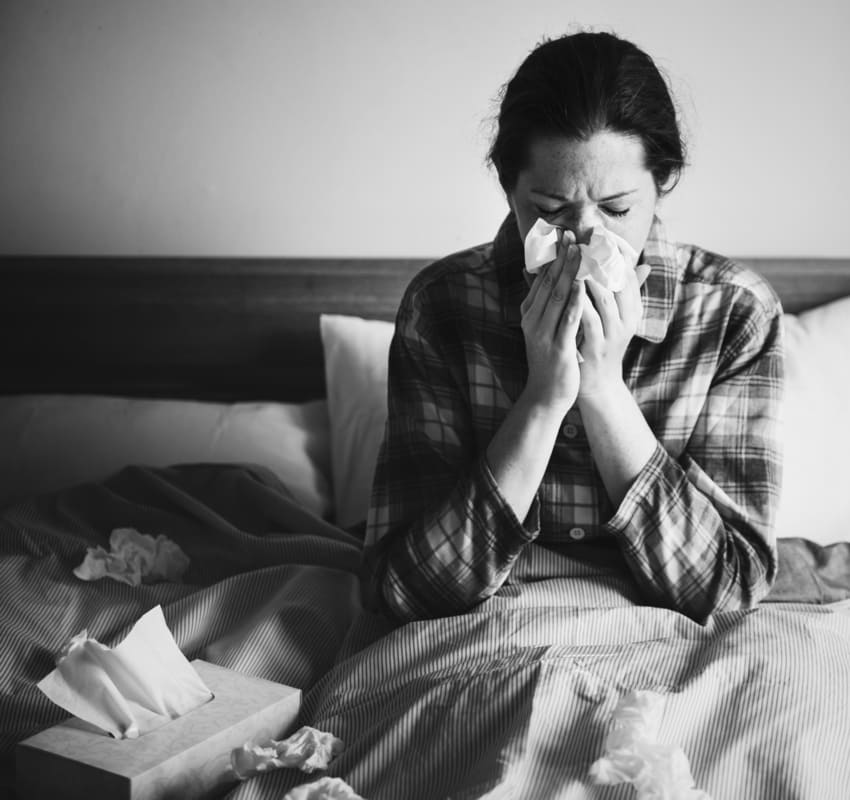
I remember one fascinating case – a classical dancer who came to me in desperate straits. Her performances were being ruined by constant sneezing, and no amount of modern medication seemed to help. I began a holistic treatment approach, combining dietary modifications with specific Ayurvedic medicines and pranayama techniques. Like a choreographed dance piece, each element played its part. Within two months, she was back on stage, her movements as fluid as the breeze through our city’s countless trees.
I explain to my patients that the transformation process is like tending to Lalbagh’s famous gardens. You can’t just trim the visible weeds; you must nurture the soil, understand the season, and maintain the right environment. Similarly, managing allergic rhinitis through Ayurveda isn’t about quick fixes—it’s about creating lasting balance through a combination of dietary wisdom, herbal remedies, and lifestyle modifications.
A typical day in my clinic involves prescribing specific dietary changes that might seem counterintuitive to many. For instance, I often advise patients to avoid our beloved curd rice during allergy seasons, much to their initial dismay. “But doctor, how will I survive without my comfort food?” they ask. I explain how certain foods can increase mucus production – or, as we call it in Ayurveda, Kapha accumulation. Instead, we work with warming spices like ginger, turmeric, and black pepper, creating a dietary framework that’s both healing and satisfying.
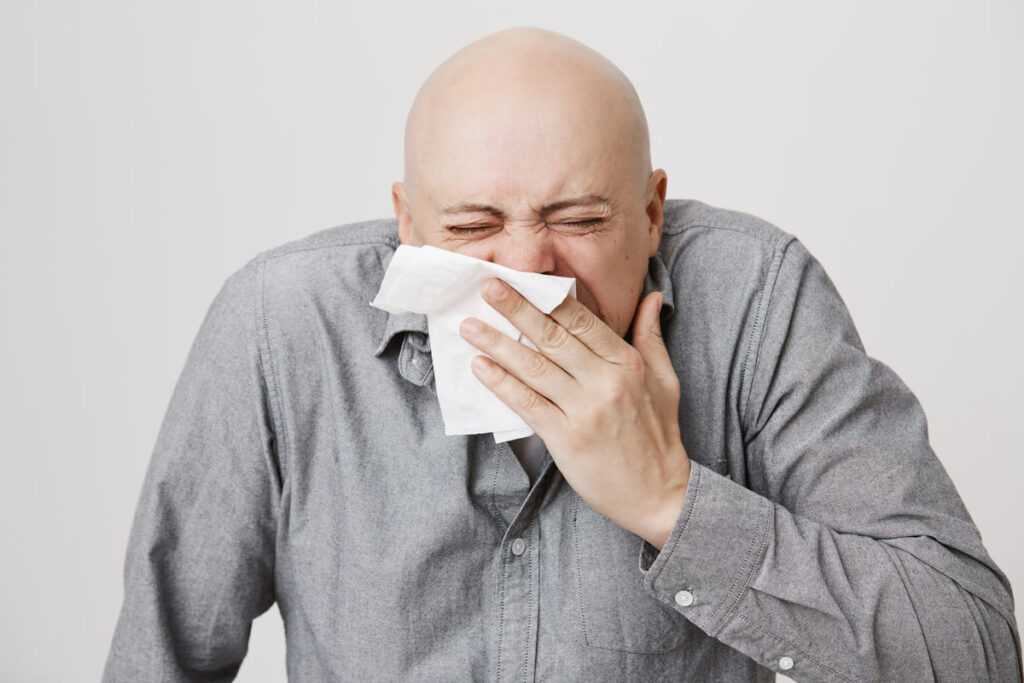
What fascinates me is how modern research is now validating these ancient practices. A study in the International Journal of Ayurvedic Medicine demonstrated that patients following traditional Ayurvedic dietary principles significantly reduced inflammatory markers associated with allergic responses. The study, conducted across multiple centres, found that simple modifications like avoiding cold beverages and including specific spices in cooking led to a 45% reduction in medication dependency.
But it’s not just about what you eat. The timing of meals, sleep patterns, and even emotional well-being play crucial roles. Like our city’s famous lakes, which need regular maintenance to stay healthy, our body’s systems require consistent care and attention. I often tell my patients that managing allergic rhinitis is like conducting a symphony—every instrument (or, in this case, every aspect of lifestyle) needs to be in perfect harmony.
One of my most rewarding cases involved a young IT professional who had been struggling with severe allergic rhinitis for years. His condition was so bad that he had to work from home most days, missing out on the vibrant office culture that Bangalore is famous for. I started him on a comprehensive Ayurvedic protocol – a combination of Nasya (nasal treatments), carefully selected Ayurvedic medicines and lifestyle modifications. Like a computer program being debugged, I systematically addressed each trigger and imbalance. Three months later, he was back in office and enjoying weekend treks in the Nandi Hills!
However, it’s essential to acknowledge that Ayurvedic treatment for allergic rhinitis isn’t without its challenges. The treatment duration can be longer than conventional medicine, requiring patience and commitment. Like navigating Bangalore’s traffic, you must stay committed to reaching your destination. Some patients find it challenging to maintain dietary restrictions, especially during festivals or social gatherings. But as I always say, would you rather enjoy that ice cream for five minutes or breathe freely for five years?
Recent environmental studies in Bangalore have shown a direct correlation between increasing pollution levels and rising cases of allergic rhinitis. This is where Ayurveda’s preventive approach becomes particularly relevant. By strengthening the body’s natural defence mechanisms – or Vyadhikshamatva as we call it – we can build resilience against environmental triggers.
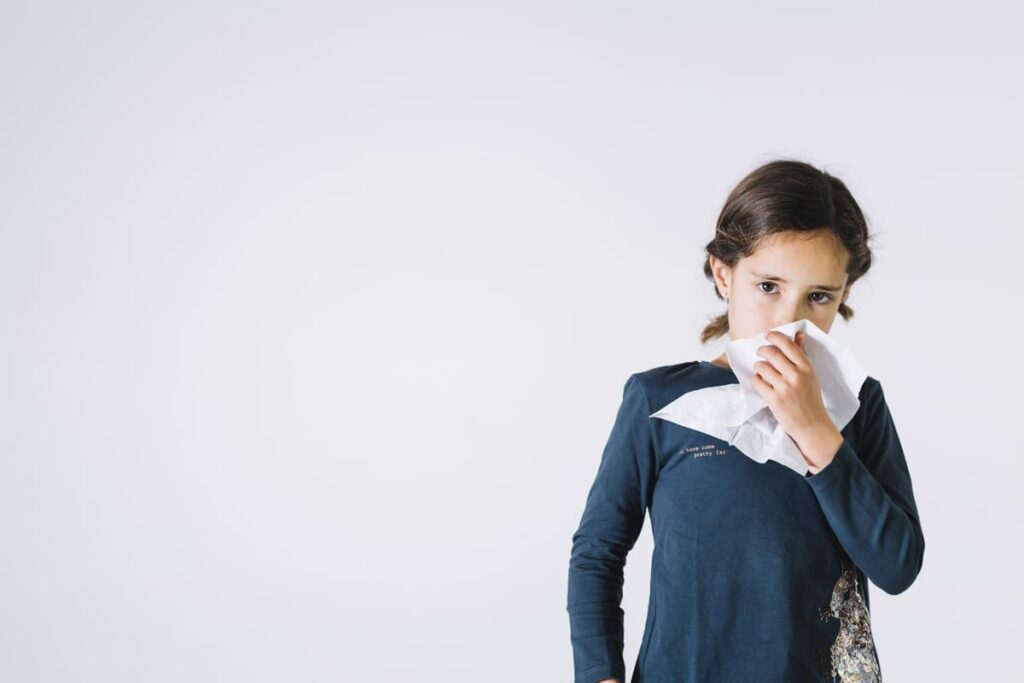
The results speak for themselves. Over the past years, I have documented over 2000 cases of allergic rhinitis in my clinic, with an 80% success rate in significant symptom reduction. These are not just statistics—they are stories of people reclaiming their quality of life. From school children who can finally focus on their studies without constant interruption, from sneezing to elderly patients who can enjoy their morning walks in the Park again, each success story adds to the growing evidence of Ayurveda’s effectiveness.
I have seen allergic rhinitis wear a thousand faces. There’s the seasonal sufferer – like that classical dancer who’d break into violent sneezing fits every time the gulmohar trees bloomed near her Jayanagar home, her Bharatanatyam performances falling victim to nature’s timeline. Then there’s the perennial fighter – the IT architect from HSR Layout who couldn’t step into his own office without his nose running like Bangalore’s notorious TenderSURE drains during monsoon, his open-plan workplace a minefield of dust and air-conditioning triggers.
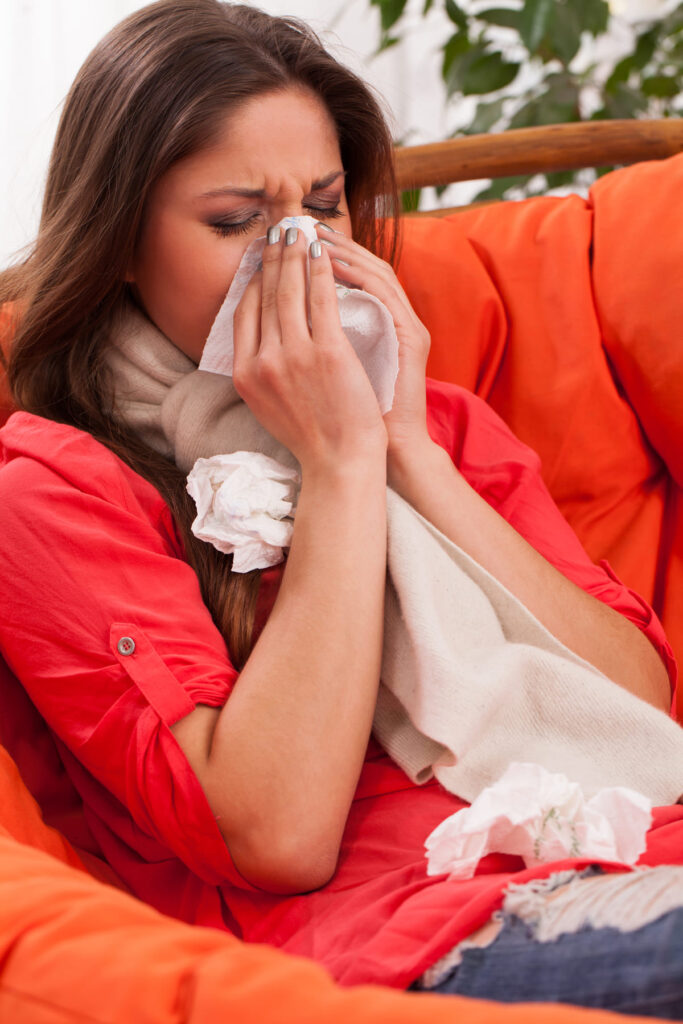
I’ve treated the mixed-type patients – like that food blogger from Koramangala who’d start her day with seasonal pollen attacks and end it with year-round dust allergies, her restaurant reviews interrupted by endless sneezing fits. The occupational victims tell their tale – remember that construction supervisor from Banasawadi who developed symptoms after years of breathing site dust, his story written in continuous throat-clearing and midnight breathing struggles.
The most heartbreaking are the childhood cases – like that nine-year-old cricket prodigy from Richmond Town whose matches were ruined by exercise-induced rhinitis, his dreams of playing at Chinnaswamy Stadium fading with each breathless sprint. Some cases arrive with the subtlety of our Bangalore traffic – gradual, creeping, maddening. Others explode like a sudden summer storm – dramatic, overwhelming, life-altering.
There’s the mother who hasn’t smelled her cooking in three years, the software engineer who goes through tissues faster than he goes through code, and the urban farmer whose love for organic gardening in Bagalagunte battles daily with her hypersensitive nose.
Each case writes its own story in streaming eyes and midnight wheezes, in missed meetings and failed medications, in the frustrated sighs of those who’ve tried everything modern medicine offers, only to find themselves back at square one, tissue box in hand, hope dwindling like our city’s green cover.
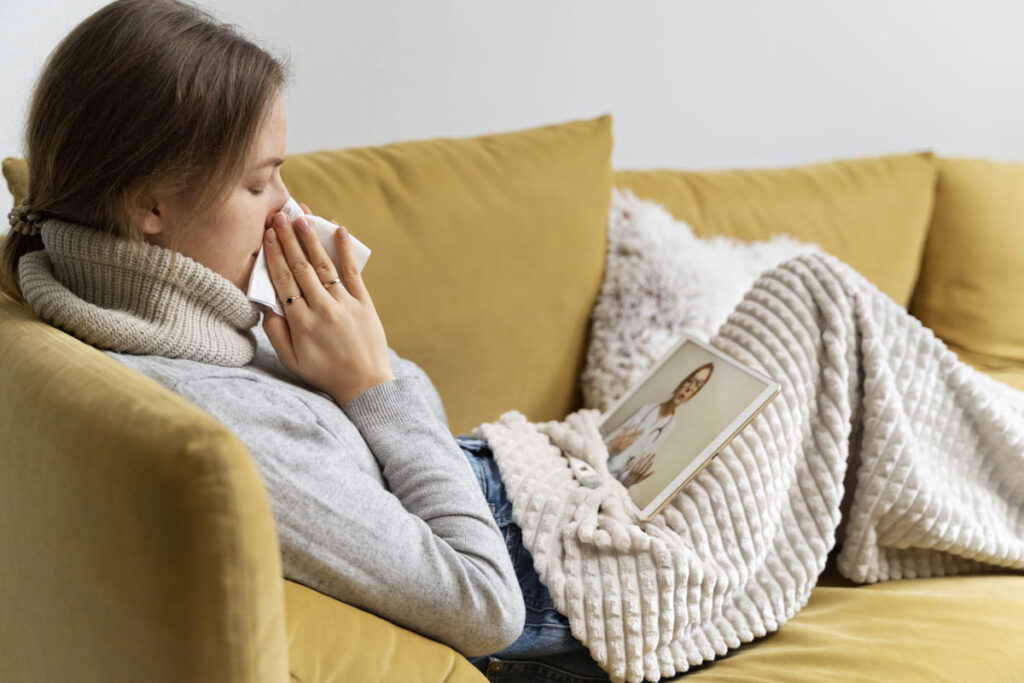
These days, healing travels through screens and signals across cities and seas. Last year, a ping from Chennai led me to a curious case: a woman trapped between faith and physics, between her husband’s prayers below and her rebel sinuses above. “Doctor,” she typed, “when he lights that Tirupati incense downstairs, I sneeze fifty times upstairs!” Her husband wouldn’t switch brands – those strong gods needed strong incense, he believed. Strange, isn’t it, how devotion comes wrapped in smoke and suffering arrives on sacred wisps of sandalwood?
That case taught me something profound: sometimes healing isn’t about choosing between tradition and breath, between faith and function. It’s about finding that sweet spot where both can coexist. They still pray together now – but on their balcony, where Chennai’s sea breeze carries their prayers and the incense smoke to heaven. Our immune systems, like our souls, thrive best when we stop trying to sanitize every moment and start making space for life to flow through.

